

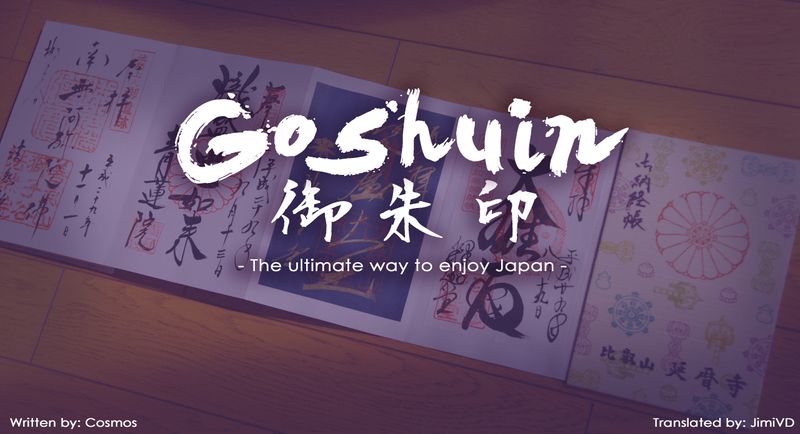
This article is the English version of an article written by Cosmos in Japanese. https://alis.to/Cosmos/articles/KJNkqDYO6AzZ
In recent years Japan has become a popular holiday destination, especially among those who are interested in foreign cultures, their history, but also nature. In this article I would like to take the time to introduce the Japanese cultural phenomenon known as "Go-shuin" (御朱印) as a means to experience exectly those three things of Japan.
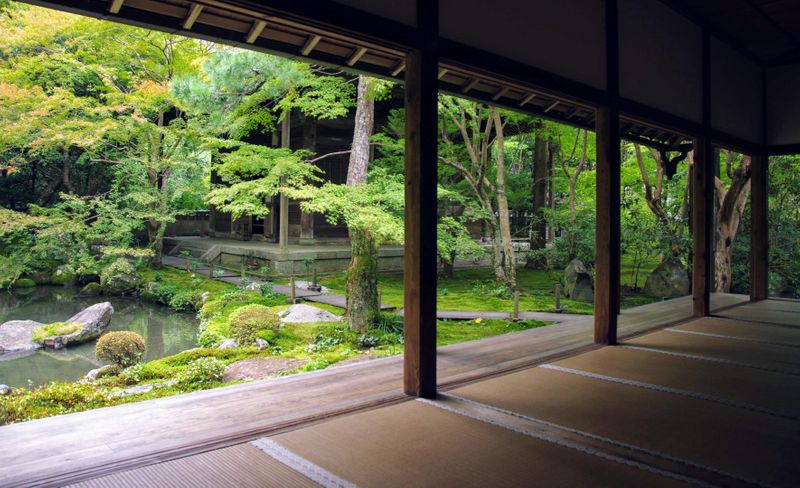
For those who are interested in traveling to Japan, the existence of temples (o-tera お寺, buddhist) and shrines (jinja 神社, shinto) is not news. I even dare guess you have already found some you really want to visit.
There are multiple ways to record your visit to these places. The most obvious are pictures, but I am sure some of you will also stock up on some o-mamori (お守り - charm). Although o-mamori are cool to have on your bag or car keys (guilty as charged), thinking about how they are made in factories makes them a lot less spiritual. Luckily there is another way to save the memory of your visit, made by hand: go-shuin.
Go-shuin
Go-shuin are proof-of-visit seals, written by the hands of a monk of the particular shrine or temple, right there in your personal go-shuinchoo (御朱印帳 - lit. go-shuin notebook). Each temple/shrine has its own unique go-shuin and is the perfect way to record your visit if you ask me. Some temples even have limited edition go-shuin at the time of certain events. There are even people who travel the whole country to collect especially those.
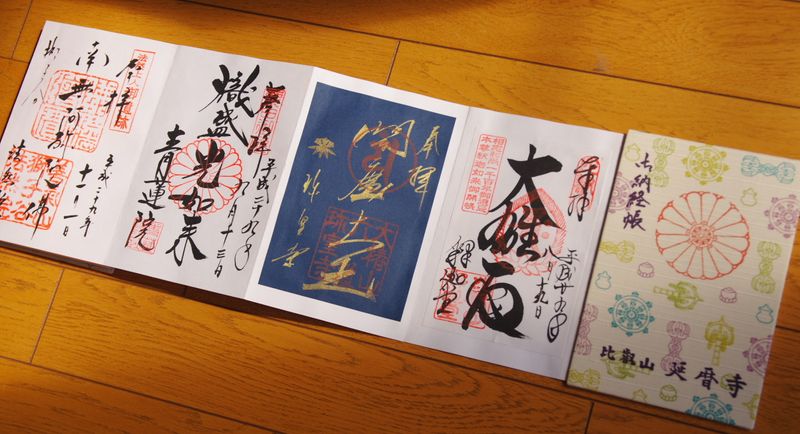
Once you start collecting, you will almost unevitably become more interested in the history of that particular temple or shrine, area, Japanese religion in general and find new appreciation for nature. Apart from that go-shuin are aesthetically very appealing, it is also just awesome to see the monks write calligraphy in your personal notebook.
How to collect
Starting your collection is not hard. First of all, you will need a go-shuinchoo.
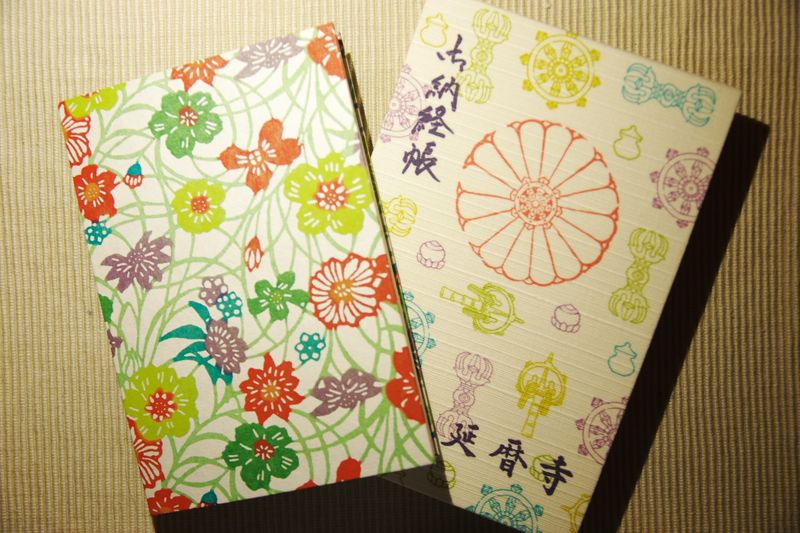
Go-shuinchoo are obtainable (you can't say "sold" in the case of temples and shrines) at most larger temples and shrines. Most of them have their own design(s).
If you get one at a temple or shrine, you can start your collection with the go-shuin from there. However, notebooks are also sold in larger bookstores and online (see the ALIS Store for the ALIS goshuin-choo when it goes on sale: https://alismedia.official.ec/ if you need help with getting yours from there, let me know through Discord or Twitter: @TornadoYoshi).
If you already have a notebook and you want the seal of a particular temple or shrine, you have to locate the, I will go ahead and say store, which in most cases is located close to the main entrence of the place in question. They should not be hard to find and probably have some kind of sign to show where you can get your seal. Just show them which page you want them to write and enjoy the show.
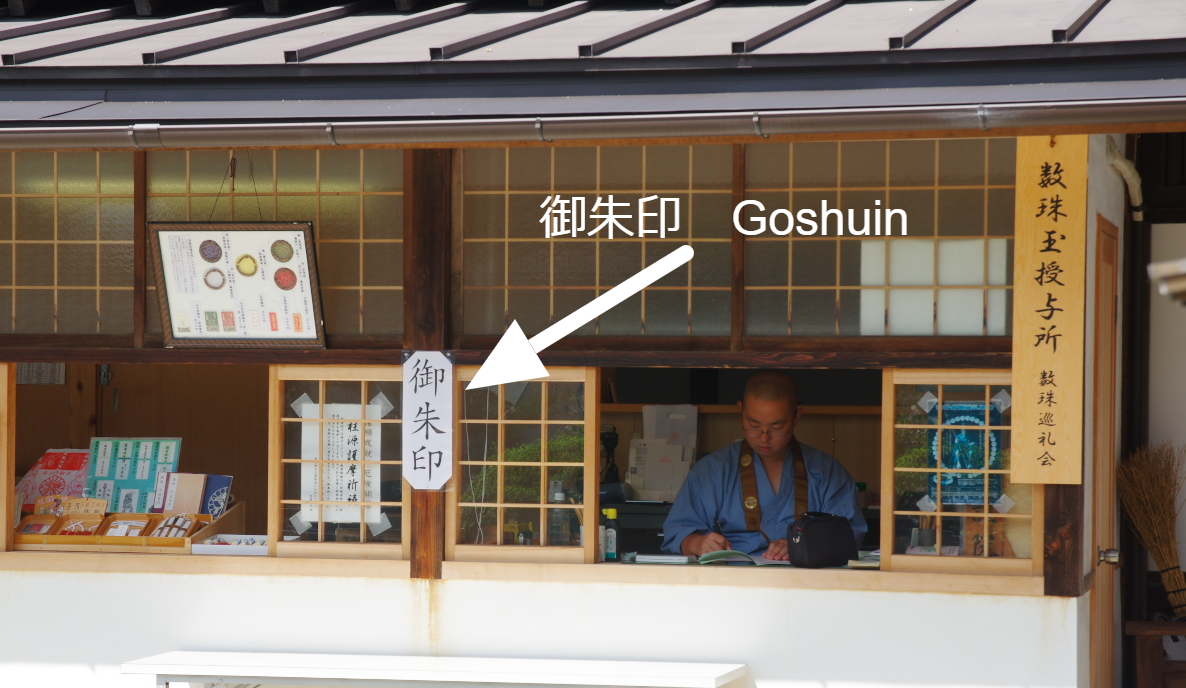
A notebook will cost between 1,000 and 2,000 yen. The seals cost between 300 and 600 yen most of the time.
Note:
In addition, sometimes there is no monk present who can write the seal, in which case you are handed a pre-written seal. This you can then paste in your notebook. This is called a kakioki 書き置き. If the place you visit does not have notebooks and you don't have a notebook yet, ask for a kakioki so you can paste it in your notebook if you get one later.
Also note that not all temples and shrines give out seals.
Etiquette
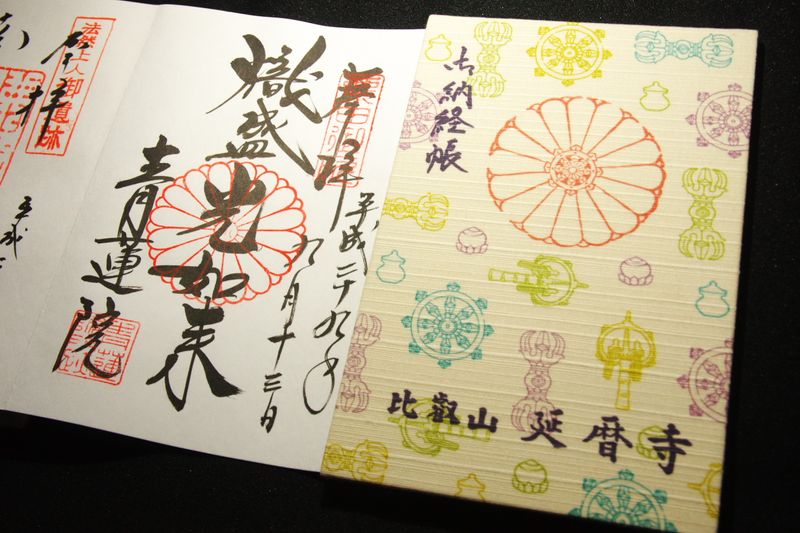
We can not deny the fact you are paying money for the go-shuinchoo and seals, but the money you pay is to be regarded as a way of showing gratitude. There are, I would not go as far as saying "rules", but just general things you want to try and follow so you will not come of as rude.
1. The go-shuin are a proof-of-visit, so it is custom to first visit and then get your seal.
2. Tying in to the above, even though you are actually paying, you are supposed to be thankful for the monk writing you the seal. Some Japanese you can use: onegaishimasu when you hand the monk your notebook and arigatougozaimasu when they hand it back to you. Hand over and receive using both hands.
3. For similar reasons you do not want to pay with large bills. If you can, pay exact. Having to receive change kind of emphasizes the whole "in exchange for money" thing.
4. The go-shuinchoo do not handle moisture very well, so consider keeping them in a ziplock bag.
We (Cosmos and I) hope that some of you reading this will take an interest in this awesome piece of Japanese culture. Please feel free to reach out to either one of us through Twitter or Discord to talk more about the subject.
これはCosmosさんが書いた記事を翻訳したものにすぎません。そのため、いいねや投げ銭は元の記事に対してしていただけると嬉しいです。宜しくお願いします。
投稿者の人気記事



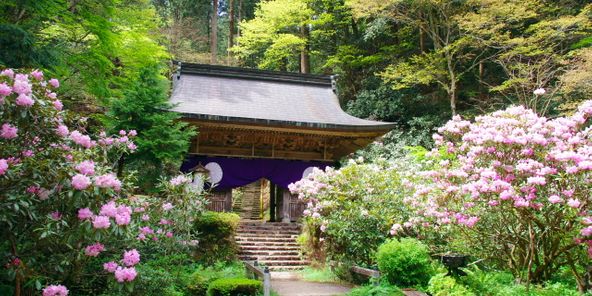
「もののけ姫」着想の地であり魑魅魍魎の最後の砦 知られざる京都洛北・志明院へ
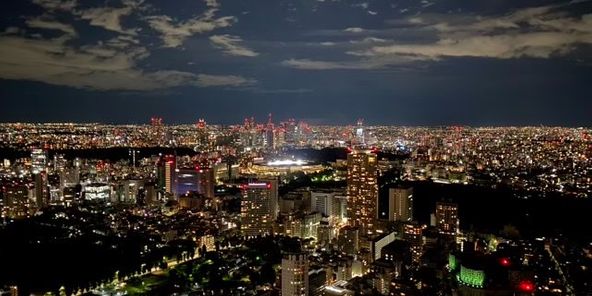
リッツカールトン東京に泊まってみた。【絶対2泊すべき3つの理由】

なんもない!すばらしい!天塩温泉から稚内へ
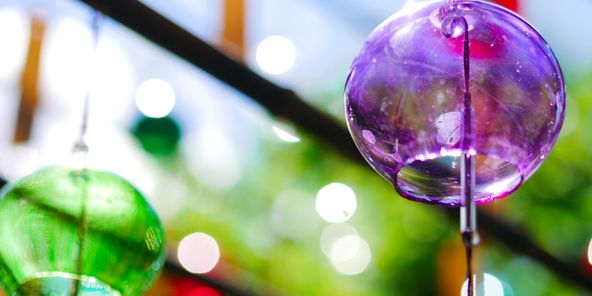
京都宇治田原・正寿院の風鈴の音とともに夏が来た

京都・南禅寺の最奥部は知られざる聖域だった 南禅寺奥之院 後編

小石の天然ミュージアム~前白根山~

四万温泉(群馬県中之条町)1~積善館本館・千と千尋の神隠しのモデルとも(83.とらべるショット)

大山阿夫利神社(神奈川県伊勢原市)~参道~下社風景#202-1

ルーマニア出国時にオーバーステイで拘束(現在003)

【朝散歩】湯島天満宮

Travel Work In Enoshima
